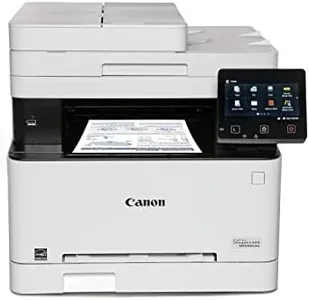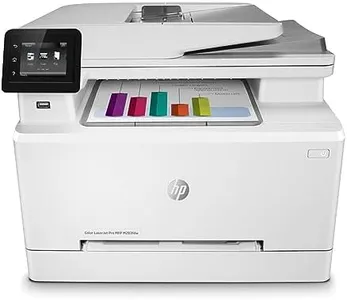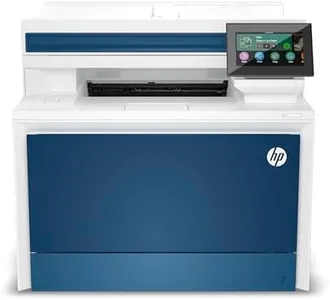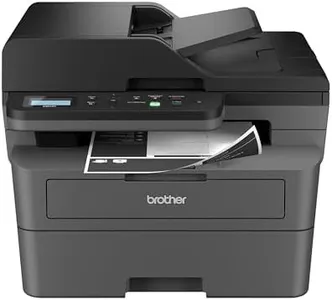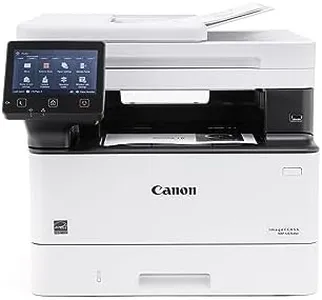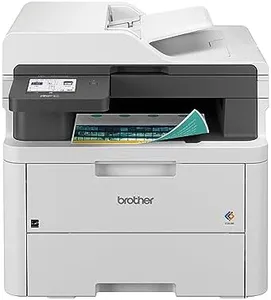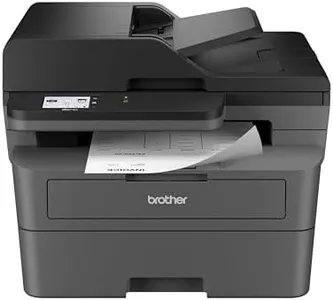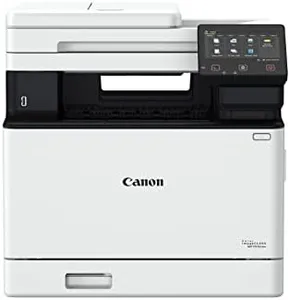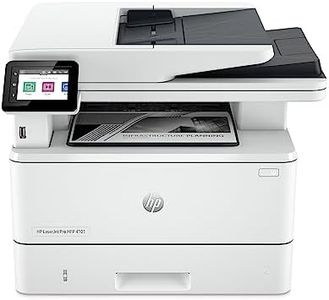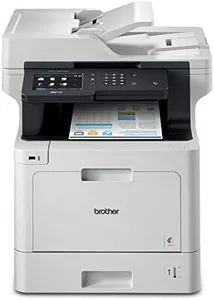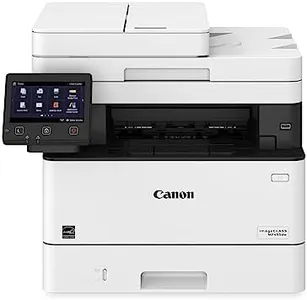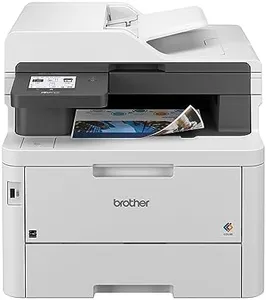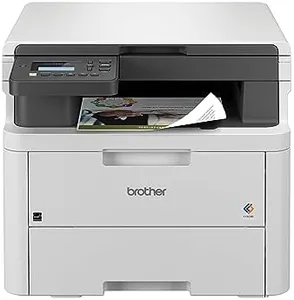We Use CookiesWe use cookies to enhance the security, performance,
functionality and for analytical and promotional activities. By continuing to browse this site you
are agreeing to our privacy policy
10 Best Laser Multifunction 2025 in the United States
How do we rank products for you?
Our technology thoroughly searches through the online shopping world, reviewing hundreds of sites. We then process and analyze this information, updating in real-time to bring you the latest top-rated products. This way, you always get the best and most current options available.

Buying Guide for the Best Laser Multifunction
Choosing the right laser multifunction printer (MFP) can be a daunting task, but with the right approach, you can find a model that perfectly suits your needs. A laser MFP combines printing, scanning, copying, and sometimes faxing capabilities into one device, making it a versatile tool for both home and office use. To make an informed decision, you need to consider several key specifications that will impact the performance and suitability of the printer for your specific requirements.Print SpeedPrint speed, measured in pages per minute (PPM), indicates how quickly the printer can produce documents. This is important if you need to print large volumes of documents regularly. For light home use, a print speed of 20-30 PPM is usually sufficient. For small to medium-sized offices, look for speeds between 30-50 PPM. For high-demand environments, such as large offices or print shops, consider models with speeds exceeding 50 PPM. Your choice should be guided by how often and how much you print.
Print QualityPrint quality is measured in dots per inch (DPI) and determines the clarity and detail of the printed documents. Higher DPI values result in sharper and more detailed prints. For general document printing, 600 x 600 DPI is typically adequate. If you need to print high-quality graphics or images, look for printers with 1200 x 1200 DPI or higher. Consider what types of documents you will be printing most often to decide the level of print quality you need.
Monthly Duty CycleThe monthly duty cycle is the maximum number of pages a printer can handle in a month without experiencing reliability issues. This is crucial for ensuring the longevity and performance of the printer. For home use, a duty cycle of up to 5,000 pages is usually enough. Small to medium-sized offices might need a duty cycle between 10,000 to 50,000 pages. Large offices or businesses with heavy printing needs should look for models with a duty cycle exceeding 50,000 pages. Assess your average monthly print volume to choose a printer with an appropriate duty cycle.
Connectivity OptionsConnectivity options determine how you can connect to and use the printer. Common options include USB, Ethernet, Wi-Fi, and sometimes Bluetooth. For home use, a USB connection might be sufficient, but Wi-Fi adds convenience by allowing wireless printing from multiple devices. In an office setting, Ethernet connectivity is often preferred for stable and fast network printing. Some models also support mobile printing via apps, which can be useful for printing from smartphones and tablets. Consider how you plan to connect to the printer and choose a model that offers the necessary connectivity options.
Paper HandlingPaper handling refers to the types and sizes of paper the printer can accommodate, as well as the capacity of its paper trays. This is important for ensuring the printer can meet your specific printing needs. For basic home use, a single tray with a capacity of 100-250 sheets is usually enough. For office use, look for models with multiple trays and higher capacities, such as 500 sheets or more, to reduce the frequency of refilling. Additionally, consider if you need the printer to handle different paper sizes and types, such as envelopes, labels, or cardstock. Match the paper handling capabilities to your typical printing tasks.
Scanning FeaturesScanning features include the resolution, speed, and capabilities of the scanner. Higher resolution (measured in DPI) results in clearer and more detailed scans. For general document scanning, 600 DPI is usually sufficient. If you need to scan high-quality images or detailed graphics, look for scanners with 1200 DPI or higher. The speed of the scanner, measured in pages per minute (PPM), is also important if you need to scan large volumes of documents quickly. Additionally, consider features like automatic document feeders (ADF) for multi-page scanning and duplex scanning for double-sided documents. Choose scanning features based on the types of documents you will be scanning and the volume of scanning you expect to do.
Additional FeaturesAdditional features can enhance the functionality and convenience of the printer. These may include duplex printing (automatic double-sided printing), touchscreens for easy navigation, security features for protecting sensitive documents, and energy-saving modes. Duplex printing is useful for saving paper and reducing costs. Touchscreens can make the printer easier to use, especially for accessing advanced features. Security features are important in office environments where document confidentiality is crucial. Energy-saving modes can help reduce electricity consumption. Consider which additional features are important to you and look for models that offer them.
Most Popular Categories Right Now
